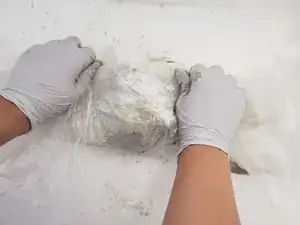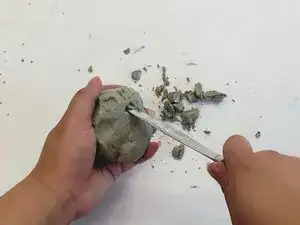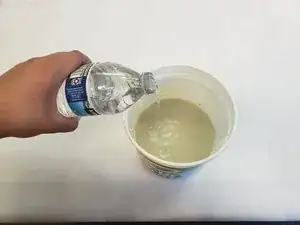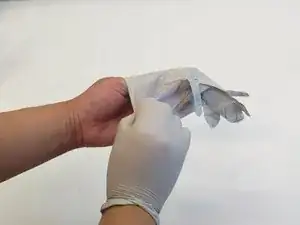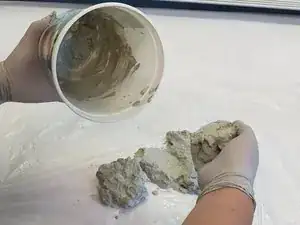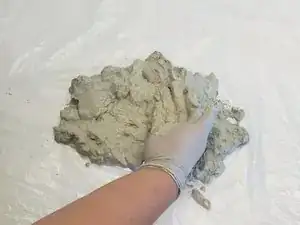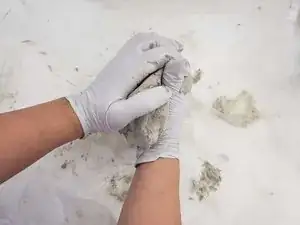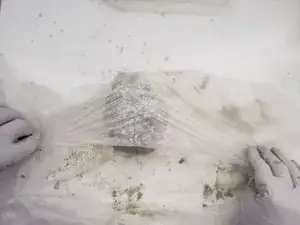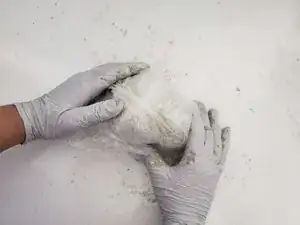Introduction
Welcome to the Dried Clay Repair Guide!
If you're facing issues with your clay or just want to perform regular maintenance, you've come to the right place. This guide will provide you with step-by-step instructions to help you restore your clay to a workable and creative state.
Keeping your clay in optimal condition is crucial. By following this guide, you can save money by avoiding continually buying extra clay and ensure that your clay stays in optimal condition. Our clear and detailed instructions will make the restoration process easy to follow.
Why Maintenance is Important
Proper clay maintenance extends the life of your materials, saves money, and ensures that your artistic process has less interruption. Regular care prevents common issues like dryness and brittleness, which can compromise the quality of your creations.
Potential Hazard
- Avoid breathing in clay dust, which can be harmful to your lungs. Work in a well-ventilated area and consider wearing a dust mask if necessary.
- Keep your workspace clean to prevent slipping or tripping hazards.
- Use the tools carefully to avoid any harm from using a mallet or a dull metal knife.
By following our clear and detailed instructions, the restoration process will be easy to follow, allowing you to maintain your clay in top condition for your artistic process.
Tools
-
-
Break apart the dried clay into small pieces using a hard sturdy object, such as a mallet or a dull metal knife.
-
-
-
Scoop out the softened clay from your container and place it on the plastic.
-
Use both hands to scoop the clay, then scrape it off your hands and onto the plastic sheet.
-
-
-
Let your clay sit for a day until it is soft to the touch and no longer sticking to your fingers.
-
Keep your clay tightly wrapped up or placed within an air tight container to keep it from drying out again. Adding water onto the clay also helps to keep it soft and manageable.
